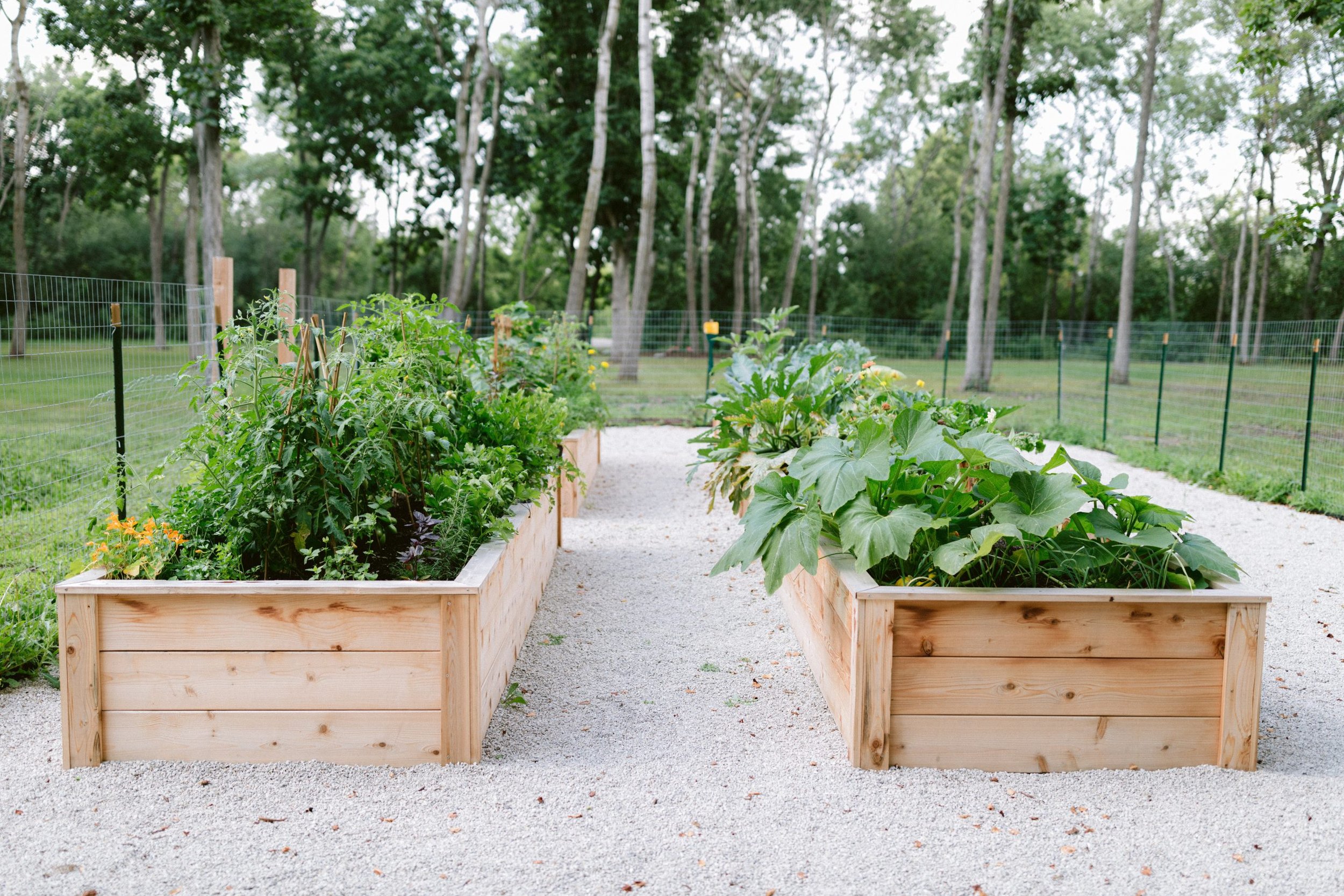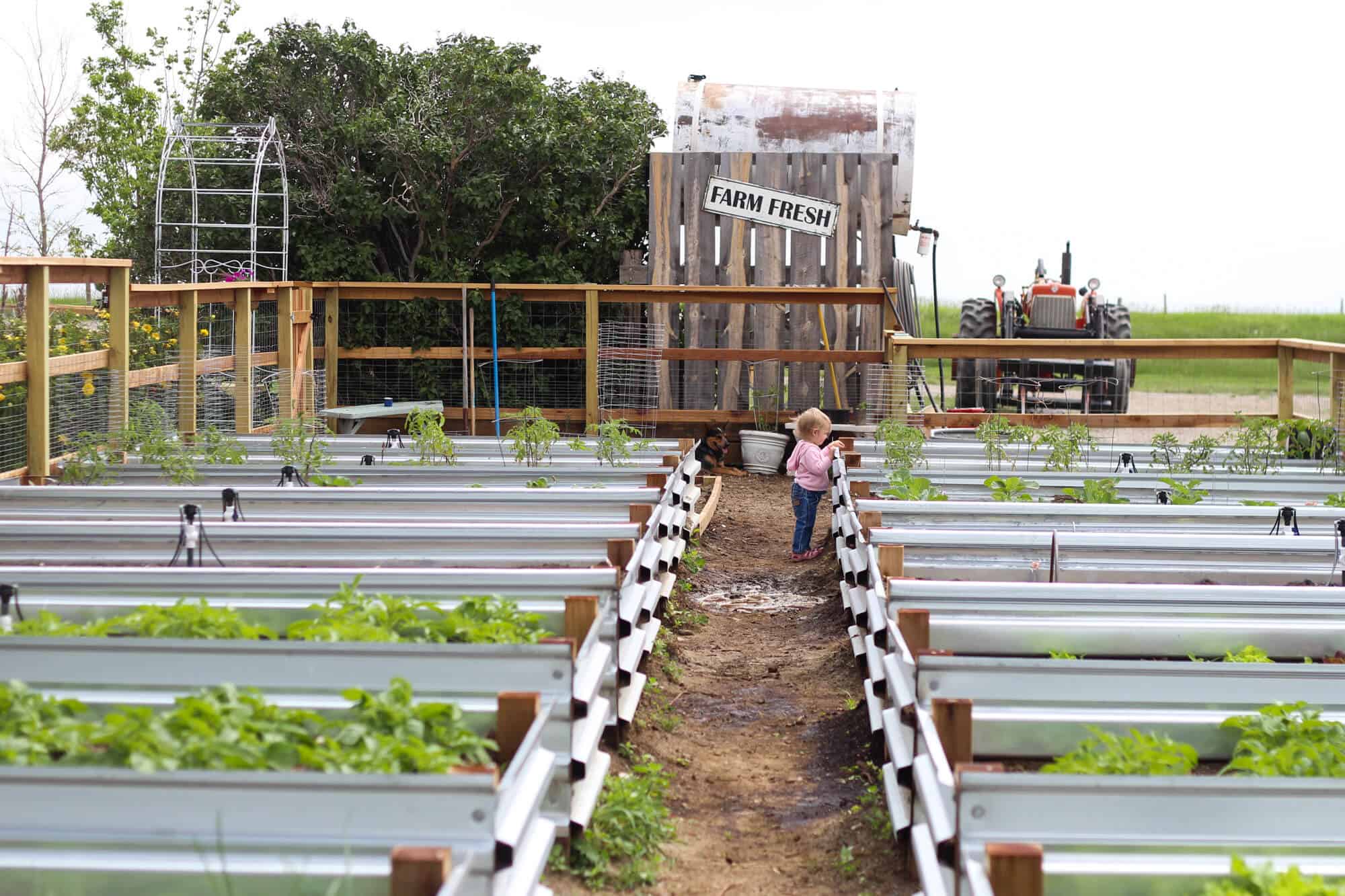How to Maintain Healthy Soil in Homestead Gardening
How to Maintain Healthy Soil in Homestead Gardening
Blog Article
Discover Vital Tips for Effective Horticulture Techniques and Practices
By prioritizing essential components such as soil health, effective sprinkling methods, and suitable plant selection, garden enthusiasts can produce a thriving ecosystem that sustains dynamic growth. Many fanatics ignore crucial information that can make or break their gardening success-- checking out these neglected facets may disclose the secret to cultivating a growing garden.
Recognizing Soil Wellness
Soil wellness is a fundamental facet of successful horticulture, as it directly affects plant growth, nutrition availability, and environment balance. Healthy soil is identified by a rich biodiversity of microbes, organic issue, and a well balanced pH level, which with each other create an atmosphere for plant development.
To comprehend dirt health, one have to consider its physical, chemical, and biological residential or commercial properties. The appearance and framework of soil impact its capacity to retain wetness and nutrients, while the chemical make-up identifies the schedule of essential aspects like potassium, nitrogen, and phosphorus. Routine soil screening is critical to assess these elements, permitting garden enthusiasts to make enlightened decisions concerning plant foods and modifications.
Moreover, promoting biological activity within the soil is important for preserving its wellness. Practices such as composting, crop rotation, and using cover crops can enhance microbial diversity, enhance nutrient cycling, and decrease soil erosion. By prioritizing soil health and wellness, gardeners not only optimize plant development however likewise contribute to a sustainable ecosystem, guaranteeing that their gardening practices are environmentally responsible and resilient with time.
Effective Watering Techniques
Ensuring that plants receive the ideal quantity of water is crucial for their health and wellness and growth, particularly when paired with a strong structure of soil health (Homestead Gardening). Effective sprinkling methods can considerably impact plant vigor, minimizing water wastage and promoting optimum advancement
One essential approach is deep watering, which motivates roots to expand deeper into the soil, boosting drought resistance. This strategy normally involves sprinkling less often but in bigger quantities, permitting moisture to pass through the root area thoroughly. Timing is also critical; early morning is the excellent time to water, as it lessens evaporation and permits foliage to dry throughout the day, decreasing condition risks.
Furthermore, using mulch can assist retain dirt dampness and regulate temperature level, more aiding effective sprinkling practices. Using a drip watering system can additionally offer targeted wetness directly to the roots, making certain that water reaches where it's most needed while saving sources.
Monitoring rainfall and dirt dampness degrees can guide modifications in your watering routine, making certain plants receive consistent hydration without over-saturation. By embracing these efficient sprinkling strategies, garden enthusiasts can foster a flourishing atmosphere for their plants to grow.
Plant Option and Positioning
Just how can the right plant selection and tactical placement transform a garden into a flourishing community? The synergy between plant ranges and their placement is important for producing a lively yard. When choosing plants, think about aspects such as environment, soil type, and sunlight exposure. Indigenous varieties are usually the very best selection as they are adjusted to regional conditions and require less upkeep.
Strategic positioning entails preparing plants according to their development practices and demands. Taller plants must be positioned at the rear of boundaries to avoid shading much shorter plants. Furthermore, these details grouping plants with comparable water and light demands can enhance their development and decrease competitors for sources.
Incorporating a variety of plants not only includes aesthetic appeal yet likewise advertises biodiversity, drawing in advantageous pests and pollinators. Think about the seasonal changes in your yard; select a mix of annuals, perennials, and evergreens to ensure year-round passion.
Lastly, bear in mind to evaluate the fully grown size of plants before growing to avoid congestion and ensure appropriate air circulation. Thoughtful plant choice and strategic placement develop a harmonious atmosphere, permitting your garden to grow while decreasing difficulties.
Parasite and Disease Administration
Reliable pest and illness monitoring is important for preserving a healthy and balanced garden community - Homestead Gardening. A positive strategy, combining cultural, organic, and chemical approaches, can significantly decrease the effect of parasites and diseases on your plants

Organic controls, such as introducing advantageous insects like ladybugs or predative mites, can keep pest populations in check without harming the setting. Furthermore, preserving plant health with correct watering, fertilization, and pruning will bolster their resilience against conditions.
When treatment is needed, choose targeted chemical treatments, making sure to adhere to application standards to lessen damage to non-target organisms. Constantly have a peek at these guys focus on sustainable methods, as they promote long-term yard wellness and eco-friendly equilibrium. By integrating these strategies, garden enthusiasts can properly take care of diseases and pests, making certain growing plants and an efficient garden.

Seasonal Upkeep Practices
In springtime, focus on dirt preparation by screening pH levels and including required modifications. Frequently inspect arising plants for diseases and bugs.
As summer strategies, guarantee ample irrigation while checking for signs of stress and anxiety or disease. Trim back disordered plants to motivate air blood circulation and decrease moisture around vegetation. This practice not just boosts plant health yet also promotes blooming and fruiting.
With the arrival of fall, it's time to prepare for wintertime. Tidy up fallen leaves and debris to protect against pest invasions, and take into consideration planting cover crops to enhance dirt health. This season is likewise excellent for dividing perennials and planting spring-flowering bulbs.
Final Thought
Effective gardening rest on the integration of sound methods in dirt wellness, watering, plant selection, pest administration, and seasonal upkeep. By focusing on dirt screening and microbial variety, using reliable watering strategies, and selecting suitable plants, garden enthusiasts can produce prospering ecological communities. Additionally, proactive pest management and persistent seasonal upkeep contribute considerably to overall garden vitality. Embracing these techniques fosters a sustainable and productive horticulture atmosphere, making sure growing development and durability throughout the altering seasons.
By focusing on crucial aspects such as soil health, reliable watering techniques, and appropriate plant option, gardeners can create a growing environment that supports vivid development. By prioritizing dirt health and wellness, garden enthusiasts not only optimize plant development but additionally contribute to a sustainable environment, guaranteeing that their horticulture methods are resistant and environmentally liable over time.
Taller plants ought to be placed at the back of borders get redirected here to protect against shading much shorter plants. Clean up dropped leaves and debris to stop pest invasions, and consider planting cover plants to enrich dirt health.Successful gardening joints on the integration of audio techniques in soil wellness, watering, plant selection, bug monitoring, and seasonal maintenance.
Report this page